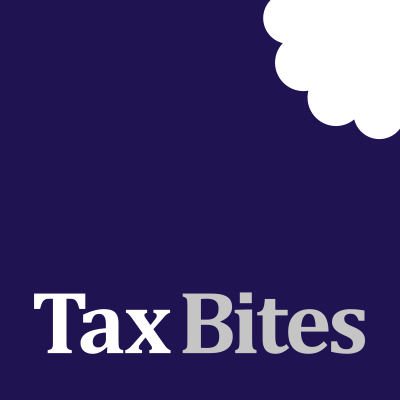Sign up for our newsletter

Interested in receiving the latest tax planning ideas?
Sign up to Tax Bites – our weekly update offering practical but effective tax saving tips.
12th May 2012
Posted in Articles, Business Tax, Private Client by Forbes Dawson
Tax planning doesn’t have to be complicated. Helping our clients to identify a tax efficient strategy for extracting profits is a core part of what we do at Forbes Dawson. We also work closely with other accountancy firms to come up with tax efficient strategies for their client base too. The purpose of this article is to compare some of the methods of profit extraction, and suggest some easy ways to make savings.
The simplest extraction methods available to owner-managers continue to be those of either paying additional salary (i.e. a ‘bonus’) or dividends. Each option has its own pros and cons.
Paying a bonus has the disincentive of a liability to National Insurance Contributions (“NICs”), but this has to be weighed up against the fact that the bonus, and employer’s NIC are deductible for corporation tax purposes.
Dividends, meanwhile, are paid out of retained profits and as such they are not deductible for corporation tax purposes; but on the other hand, there is no NIC to pay, and, as noted above, the effective rates of income tax are lower.
There are many other ways of extracting money from a company such as:
Each of the above options may be appropriate, depending on the individual’s circumstances, but this article focuses on the two main methods – dividends and bonuses.
Before crunching the numbers it is worth noting that for additional rate taxpayers the recent Budget included an announcement that the top rate of income tax will fall from 50% to 45% from 6 April 2013.
The additional dividend tax rates are also falling too, from 42.5% to 37.5%. After taking into account the 10% tax credit this will mean that the effective rates of tax on dividends will fall from the current level of 36.11% to 30.55%.
The first point to note, therefore, is that simply deferring the extraction of profits taxed at the highest rates until after 5 April 2013 will automatically result in tax savings.
Further, if the chosen strategy is to pay a bonus then companies with a year end between 5 July 2012 and 5 April 2013 are able to secure an immediate corporation tax deduction, by making the necessary accrual in this accounting period. Provided payment is then made within nine months and one day of the year end then corporation tax relief is given (and at a potentially higher level, given the current downward trend in corporate rates) without crystallising an upfront income tax and NIC charge. Care must be taken where the recipient is also a director of the company, as special rules apply which could result in the award being taxed earlier.
Ignoring the timing differences, paying a dividend currently offers the most tax efficient outcome across the board, as will now be seen.
The tables below show the net receipt to a higher rate and additional rate taxpayer, both for the 2012/13 and 2013/14 tax years, and dependent on whether the company pays tax at the small companies, marginal or large companies rates.
| Taxpayer | Small company | Marginal Company | Large company |
| 50% payer | 57.8% | 57.8% | 57.8% |
| 40% payer | 49.0% | 49.0% | 49.0% |
| Taxpayer | Small company | Marginal Company | Large company |
| 50% payer | 48.9% | 52.1% | 51.4% |
| 40% payer | 40.0% | 43.8% | 43.0% |
| Taxpayer | Small company | Marginal Company | Large company |
| 45% payer | 53.4% | 53.4% | 53.4% |
| 40% payer | 49.0% | 49.0% | 49.0% |
| Taxpayer | Small company | Marginal Company | Large company |
| 45% payer | 44.4% | 47.0% | 46.5% |
| 40% payer | 40.0% | 42.8% | 42.3% |
By paying a dividend savings of up to 9% can be achieved.
When one takes into account other factors, some form of ‘hybrid’ is usually desirable. For example, it is worth remembering that to maintain full entitlement to social security benefits and the basic state pension it is necessary to pay a salary of at least the primary NIC threshold (currently £146 per week).
Involving other family members who pay tax at lower rates can also be beneficial, although it is important to structure their involvement properly.
We also have experience in devising more complex structures. For example, we are currently helping a number of clients to implement LLPs whereby a corporate partner is introduced to take advantage of the lower rates of corporation tax, whilst retaining access to lower personal rates of tax on gains.
The take home message here is that
The comments made here constitute guidance only. To discuss your personal circumstances and obtain a tailor made solution please contact us .
You can use this form to request us to give you a call or if you prefer just leave us a message. Please be sure to leave us a contact number or email address for you and we will get back to you as soon as we can.


